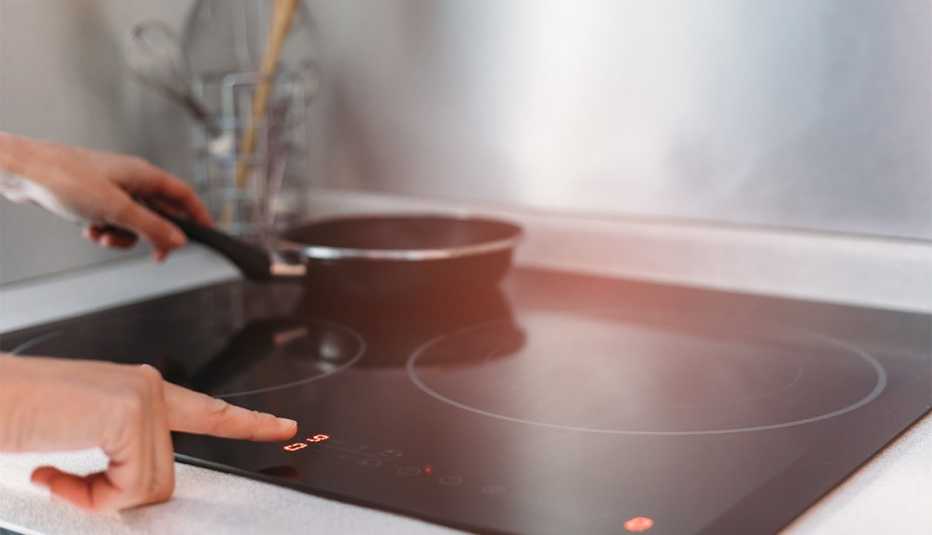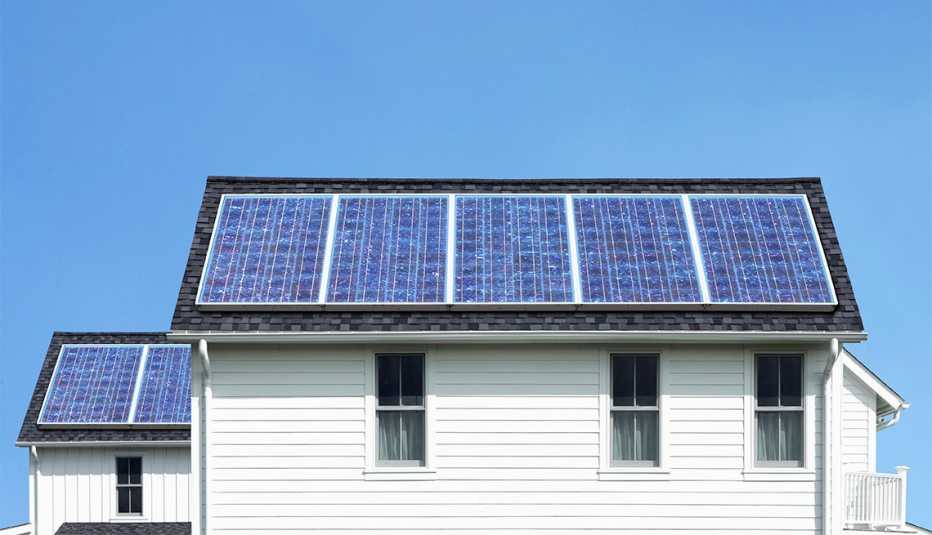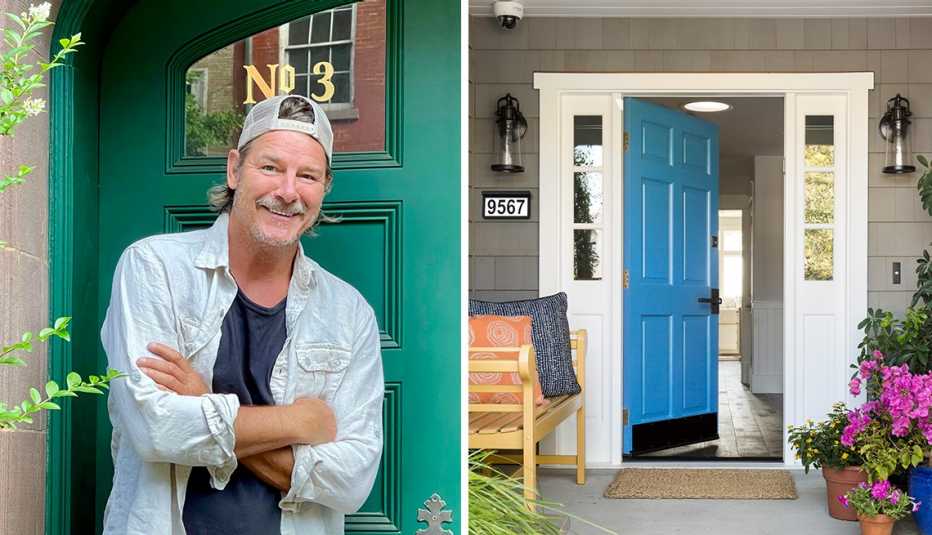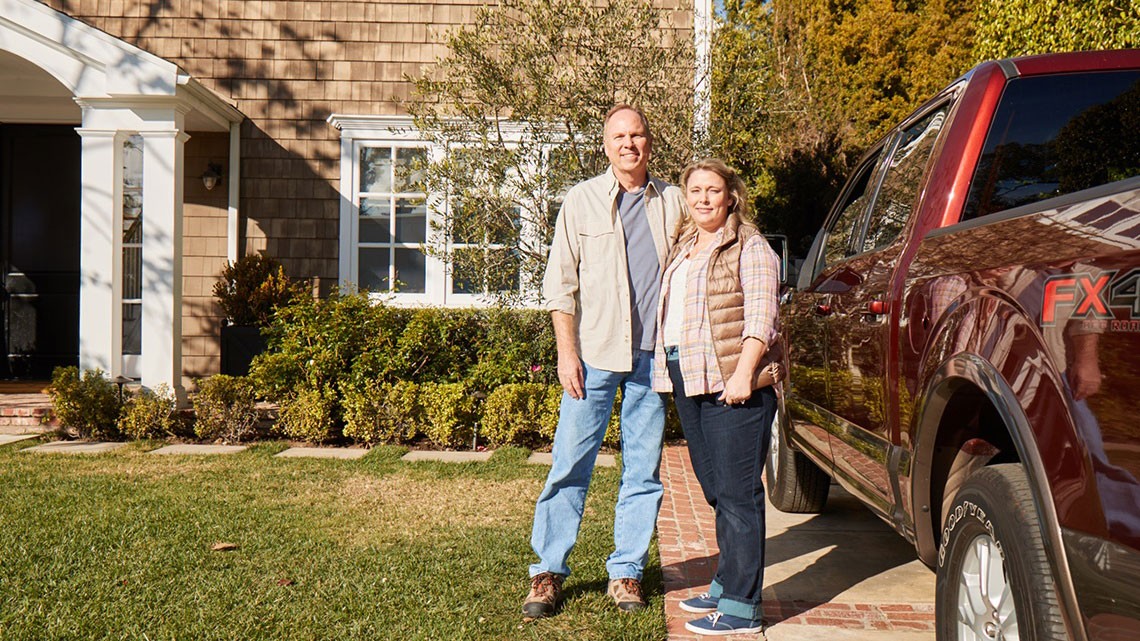Staying Fit
Owning a house can mean unending projects and questions about everything from basements to attics. And as modern homes go increasingly high-tech, there’s often a need for the professionals to weigh in. Here are nine home challenges and insights from people who know how to address them.


AARP Membership— $12 for your first year when you sign up for Automatic Renewal
Get instant access to members-only products and hundreds of discounts, a free second membership, and a subscription to AARP the Magazine.

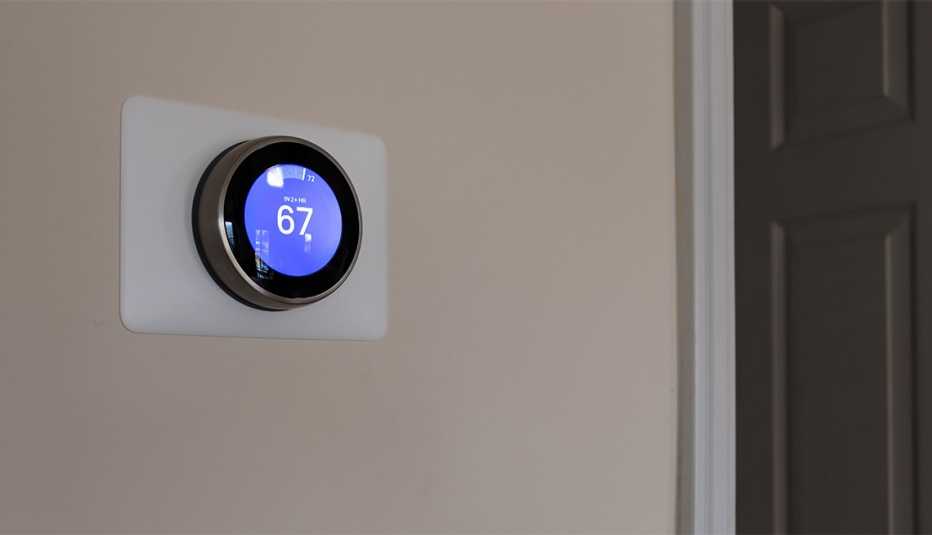
My utility company keeps telling me to upgrade to a “smart” thermostat. Could this really save me money?
Probably, but the amount depends on the thermostat that you’re replacing. Smart thermostats can be controlled with a phone, smart speaker or computer; use them to program your home temperature based on day, time and whether you’re at home. If you’re replacing an old mercury or bimetal thermostat, you’ll see greater savings than if you’re upgrading a programmable digital thermostat. But there are other benefits to a smart thermostat, including the ability to adjust the temperature when you are away and receive alerts if there are operating issues.
— Steve Stewart, owner, Southern Comfort Mechanical, Lewisville, Texas

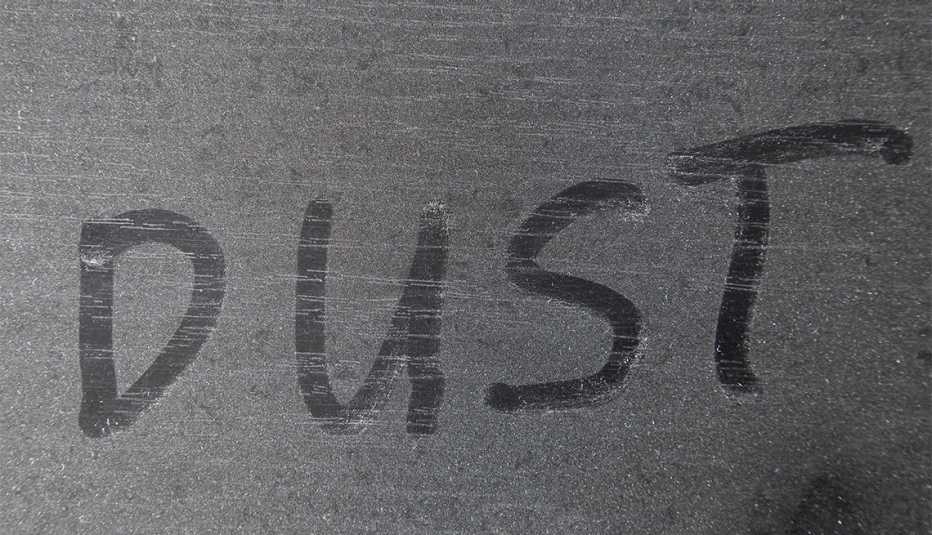
My surfaces are constantly dusty, no matter how often I clean.
Dust happens; there’s no simple way to reduce the amount generated in your home, given its many sources. But routine cleaning can stop it from accumulating. Skip the feather duster or old T-shirt; the secret weapon is a damp, clean microfiber cloth. To dampen to the right level, don’t use the sink; hold the cloth by a corner and lightly mist with water from a spray bottle. A damp microfiber cloth won’t leave lint or dust behind like many other dusting cloths, so you don’t have to dust as often.
— Vera Peterson, president, Molly Maid
Our tap water increasingly tastes and smells bad. But I don’t want to use bottled water.
Tap water in America is by and large safe to drink but, yes, it can vary widely by community in its mineral content and taste. That’s why I always suggest using charcoal water filters, which are portable and perfect for adding to water bottles; there are also many charcoal-filtered water pitchers (opt for glass over plastic if you can). Both options help cut out odors and any lingering taste from dissolved minerals. Many new refrigerators offer built-in filtered water as well. Don’t like the smell of the water in the shower or clothes washer as well? Whole-house filtering systems generally run $1,000 and up, plus installation, and are much more compact than in decades past.
— Emy Kane, strategy director, Lonely Whale, a nonprofit that fights plastic pollution






























































